Step into a world of magic and wonder with the timeless beauty of harlequin decor
 |
| Commedia dell'Arte |
 |
| Pantomime Jean-Gaspard Deburau, Paris, since 1816 |
One of the defining elements of vintage harlequin decor is the use of iridescent details and golden ink highlights, adding a luxurious and sparkling touch to any room.
The idea of the sad clown is a relatively modern one, but it has roots in the character of Pierrot, who was a popular figure in Commedia dell'Arte. Unlike the Harlequin, who was mischievous and playful, Pierrot was a melancholic and romantic character who often served as a foil to the more comedic characters in the play. He was often depicted as wearing a white costume with large buttons and a ruffled collar, and he was known for his melancholy songs and his unrequited love.
This style also often features beautiful harlequin ladies, holding red roses or writing feathers, symbolizing love and creativity.
These stunning works of art are ideal for enhancing your living room, bedroom, or office with vintage charm.
This style has been adapted in various forms of art and decor, including ceramics and wall art, and is often associated with a touch of vintage charm and playful elegance.
Incorporating vintage harlequin decor into your home is a way to add a unique blend of sophistication and playfulness. This style is versatile and can work well with a wide range of interior design styles, from bohemian to contemporary.
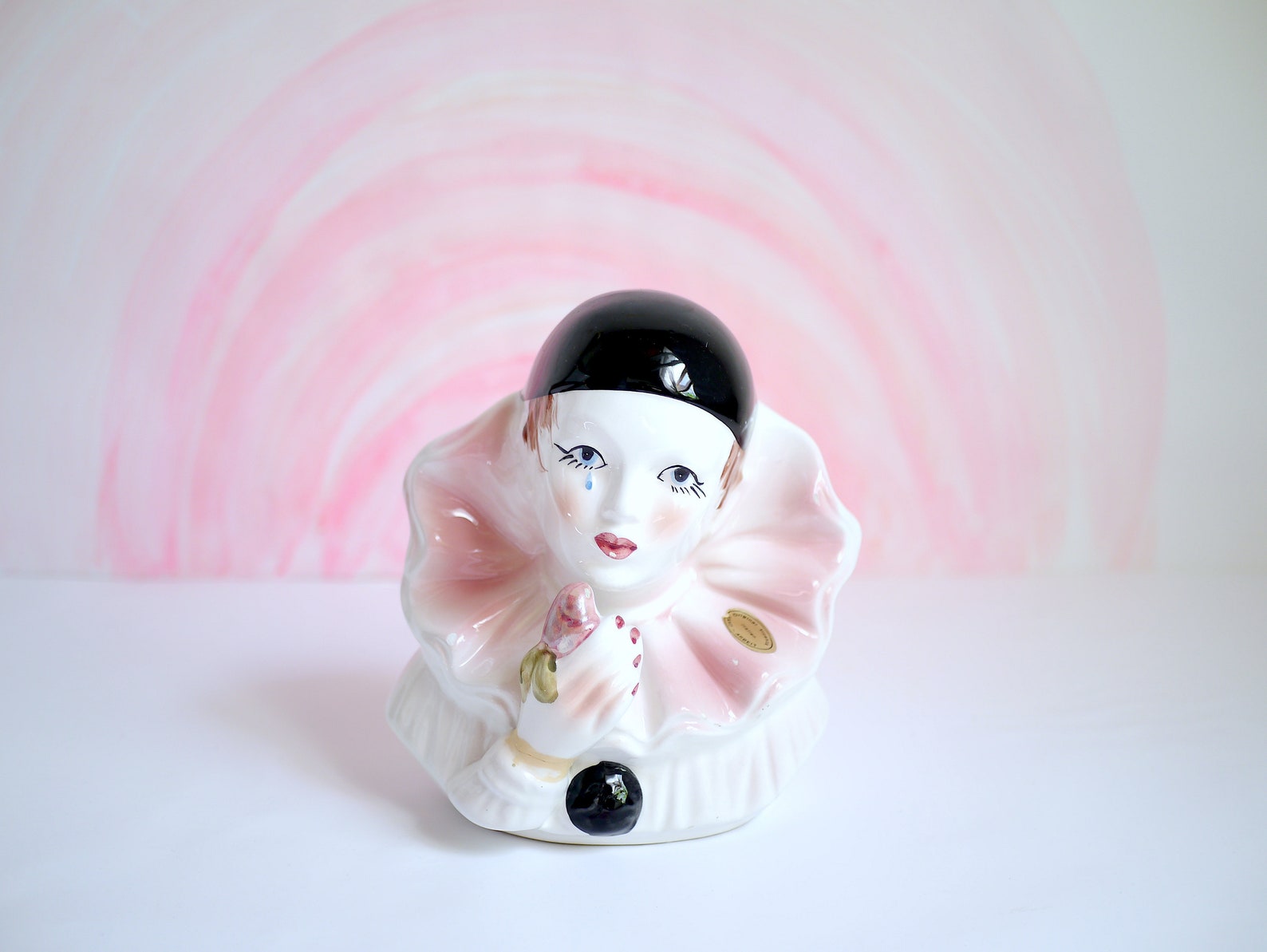

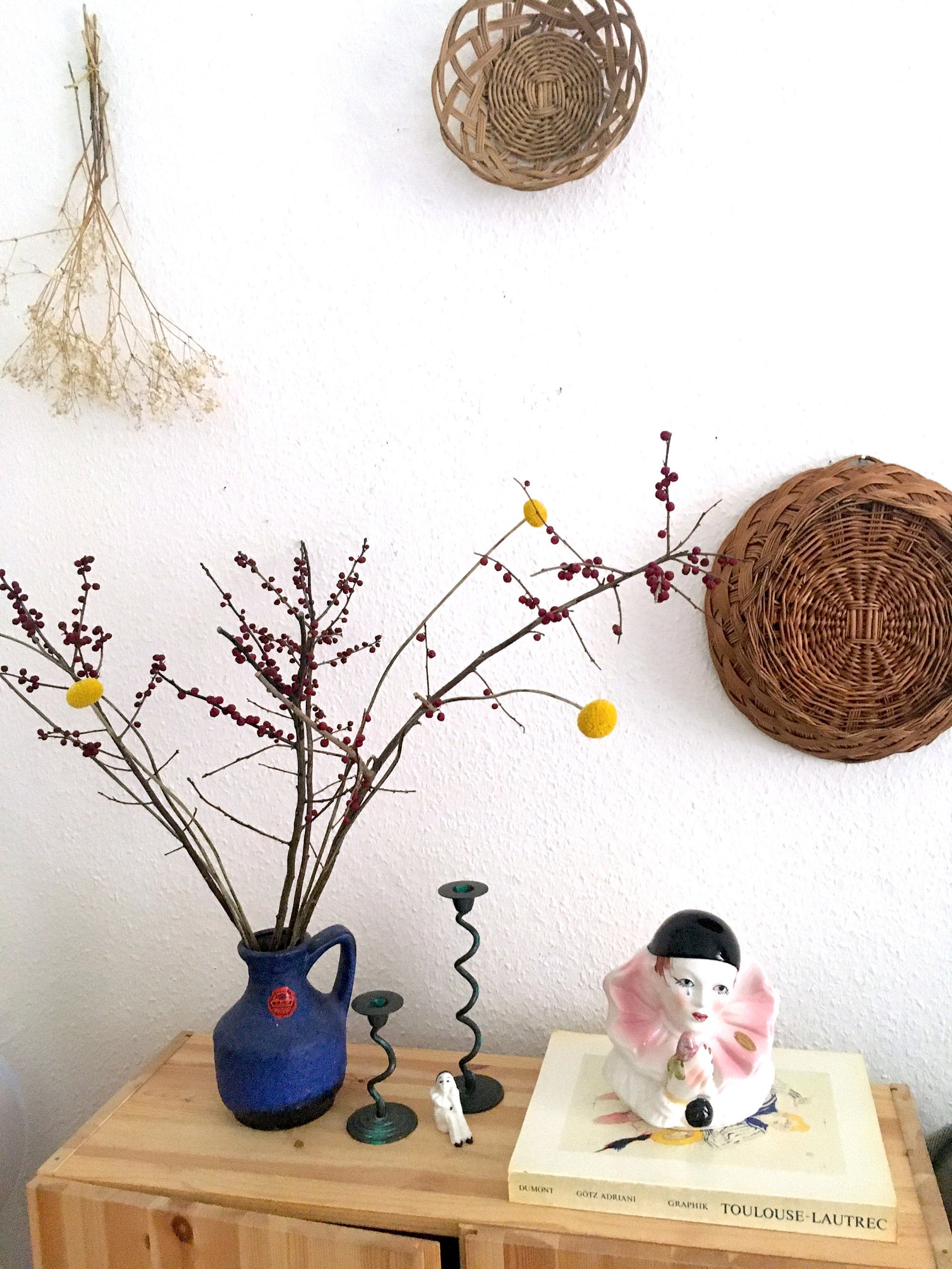
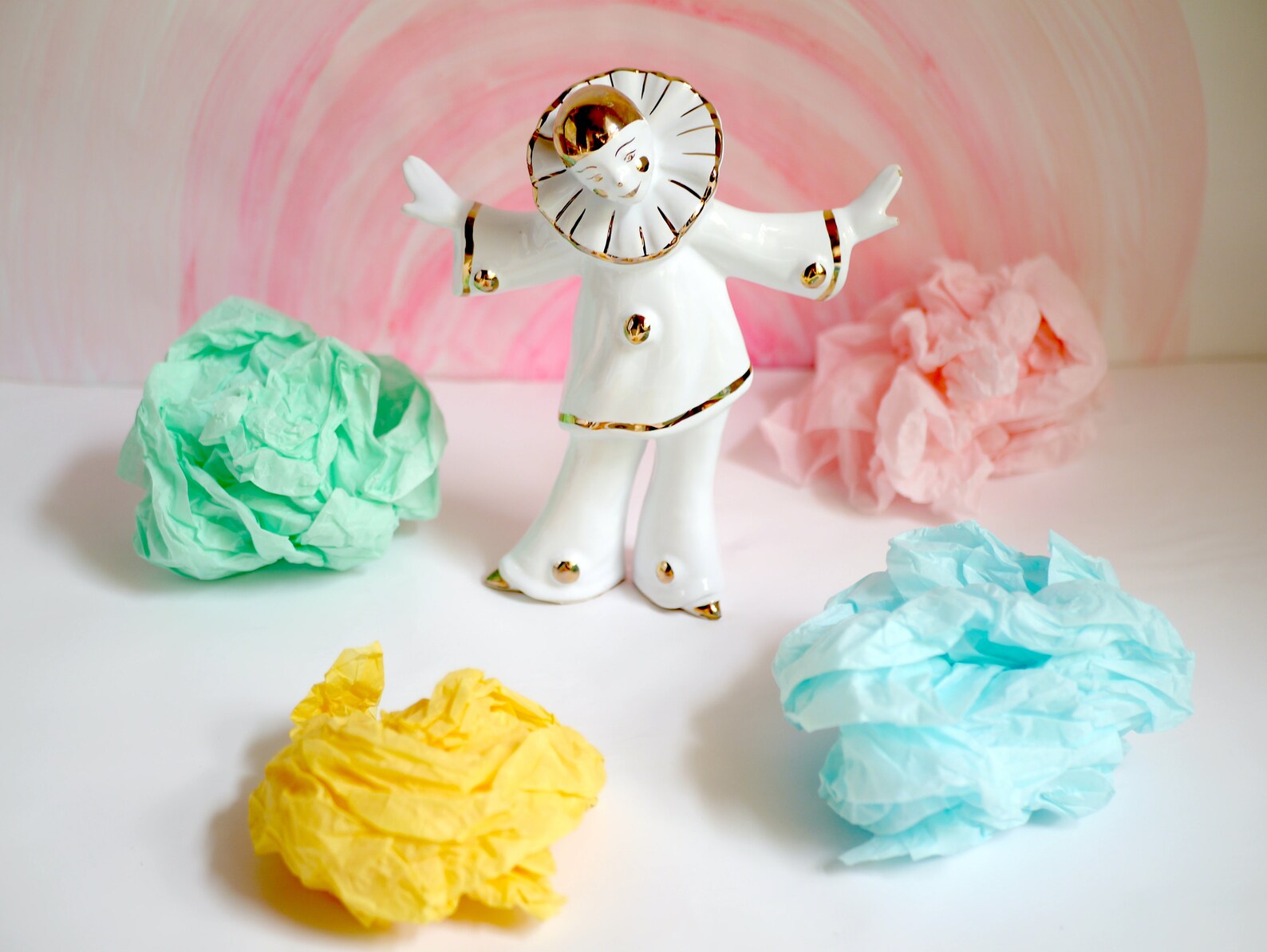
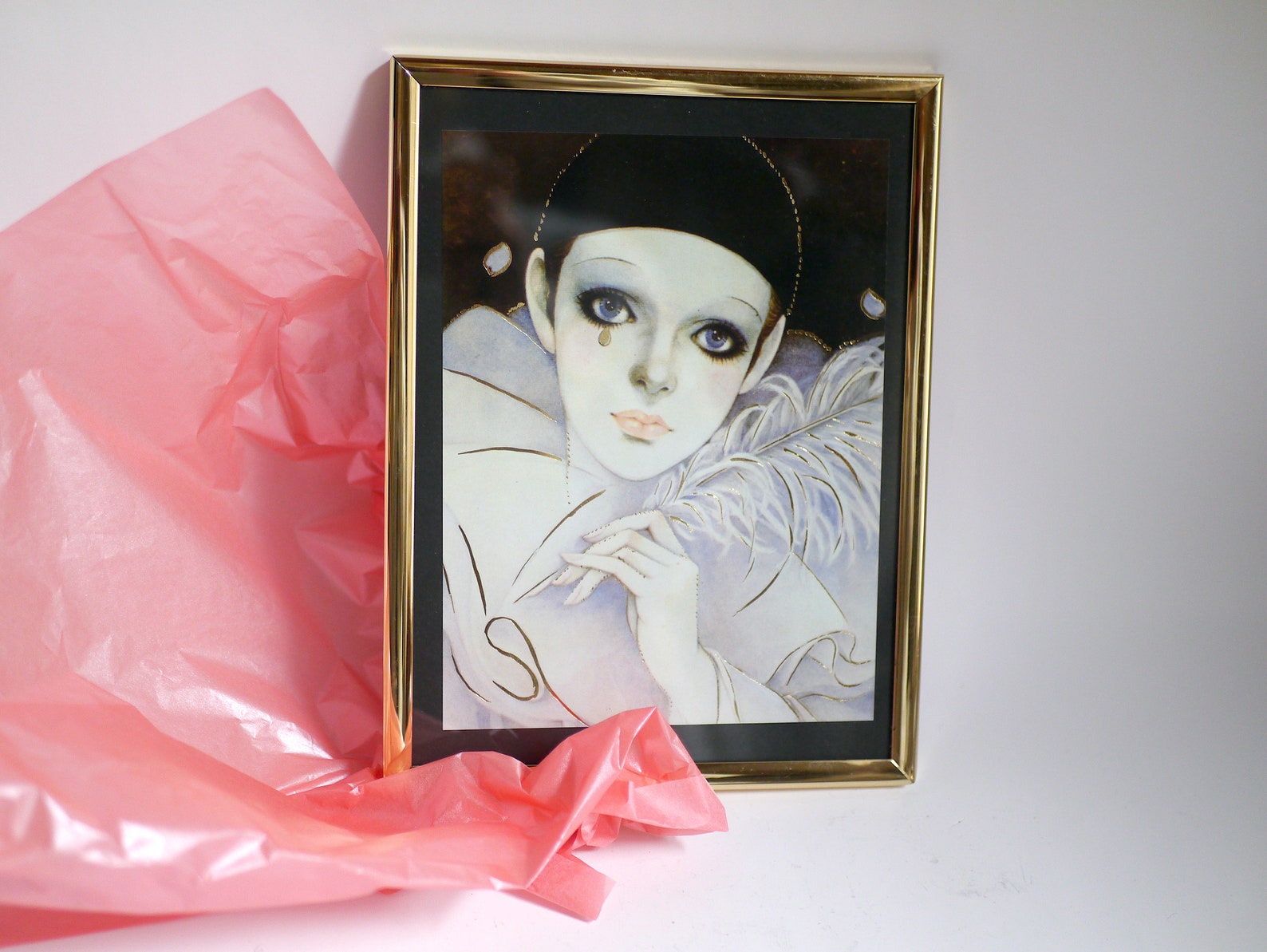
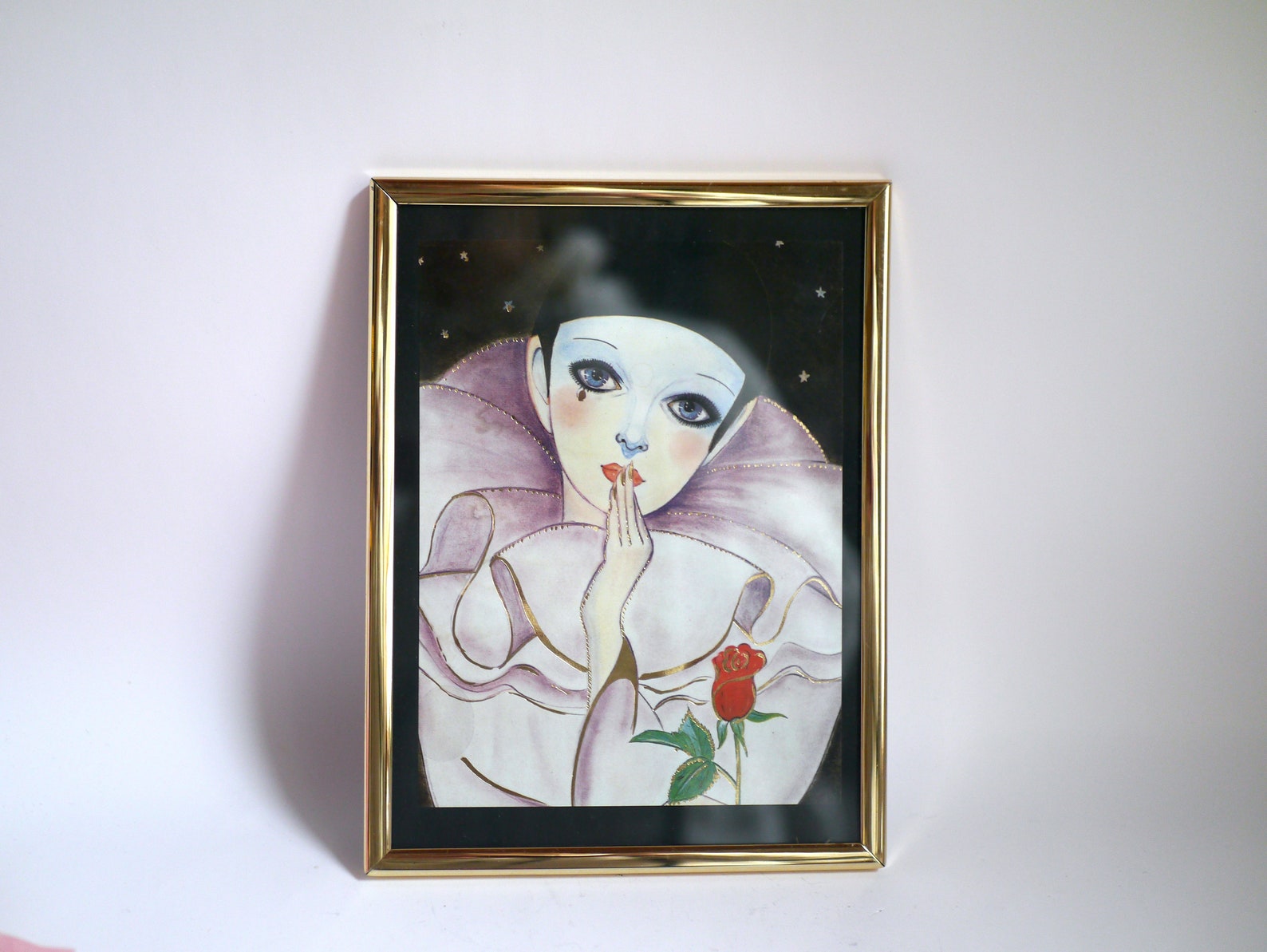
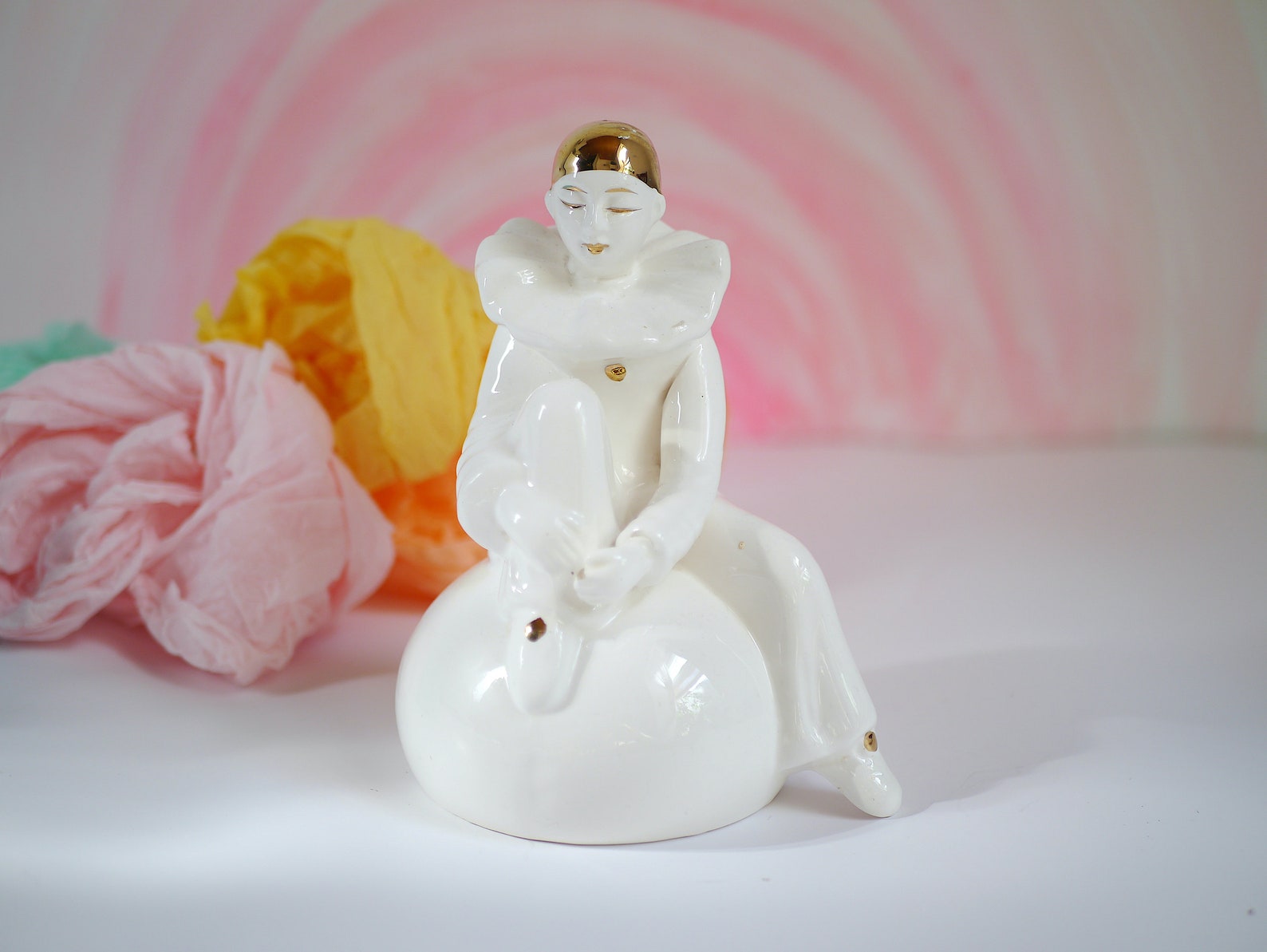
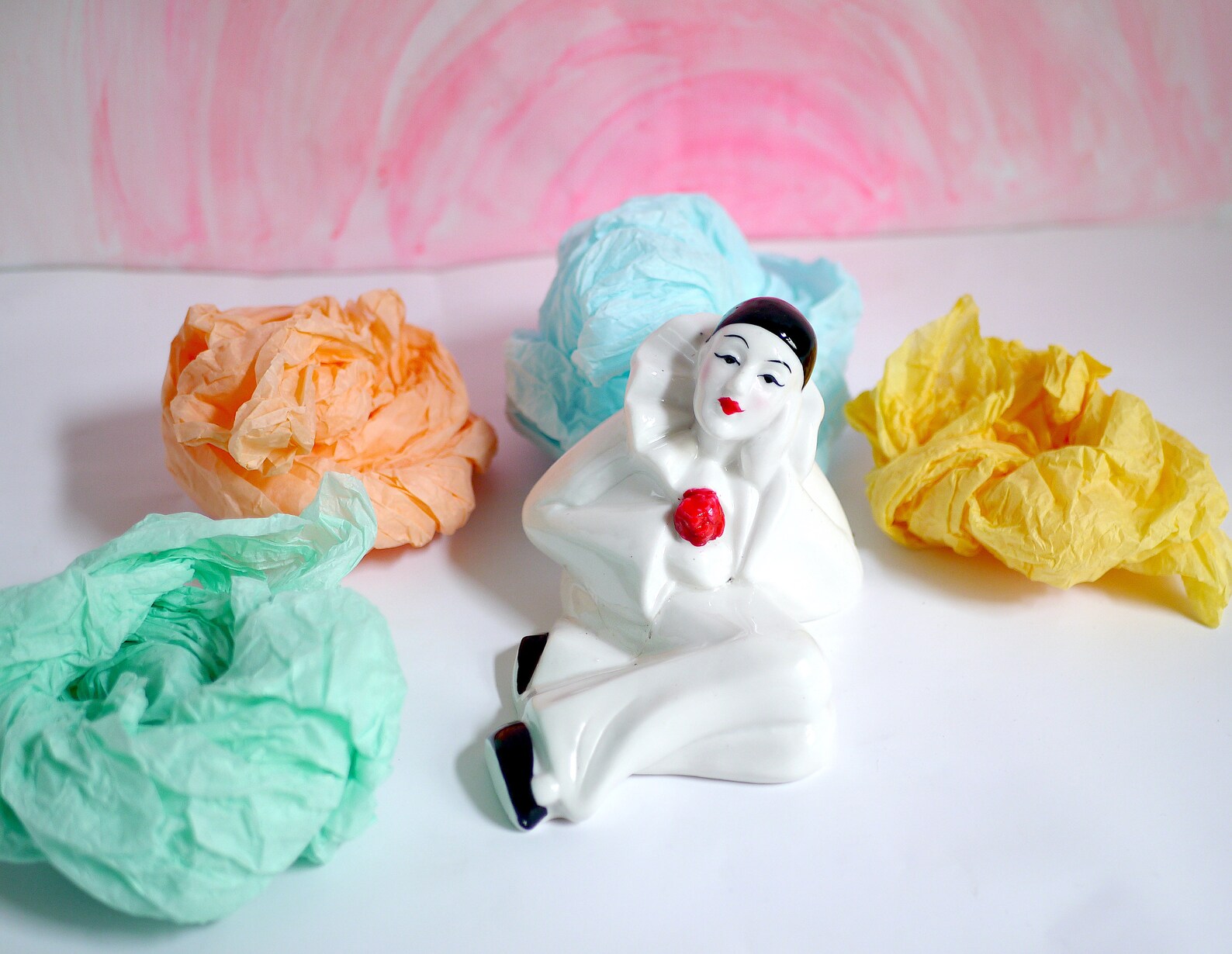
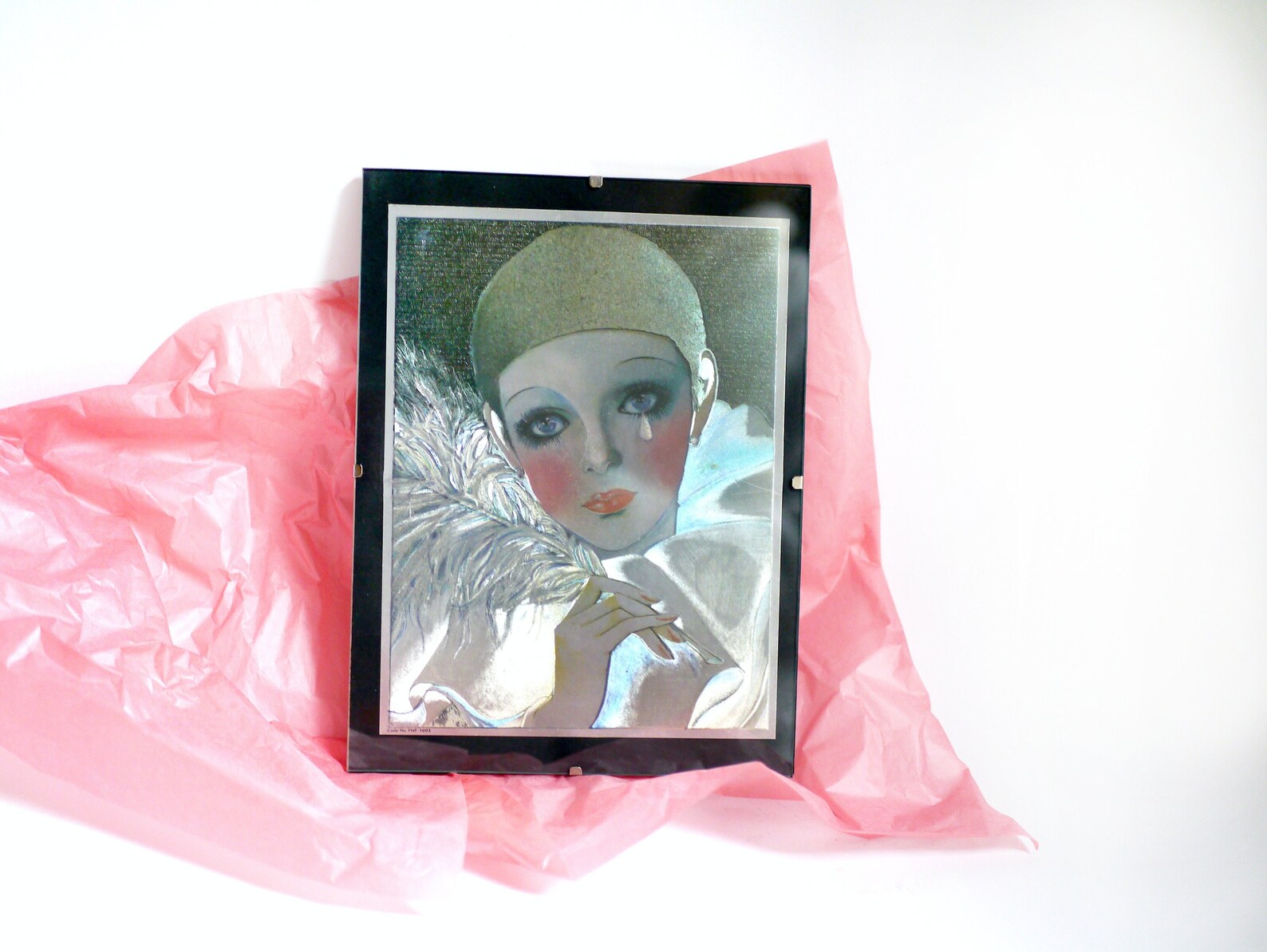

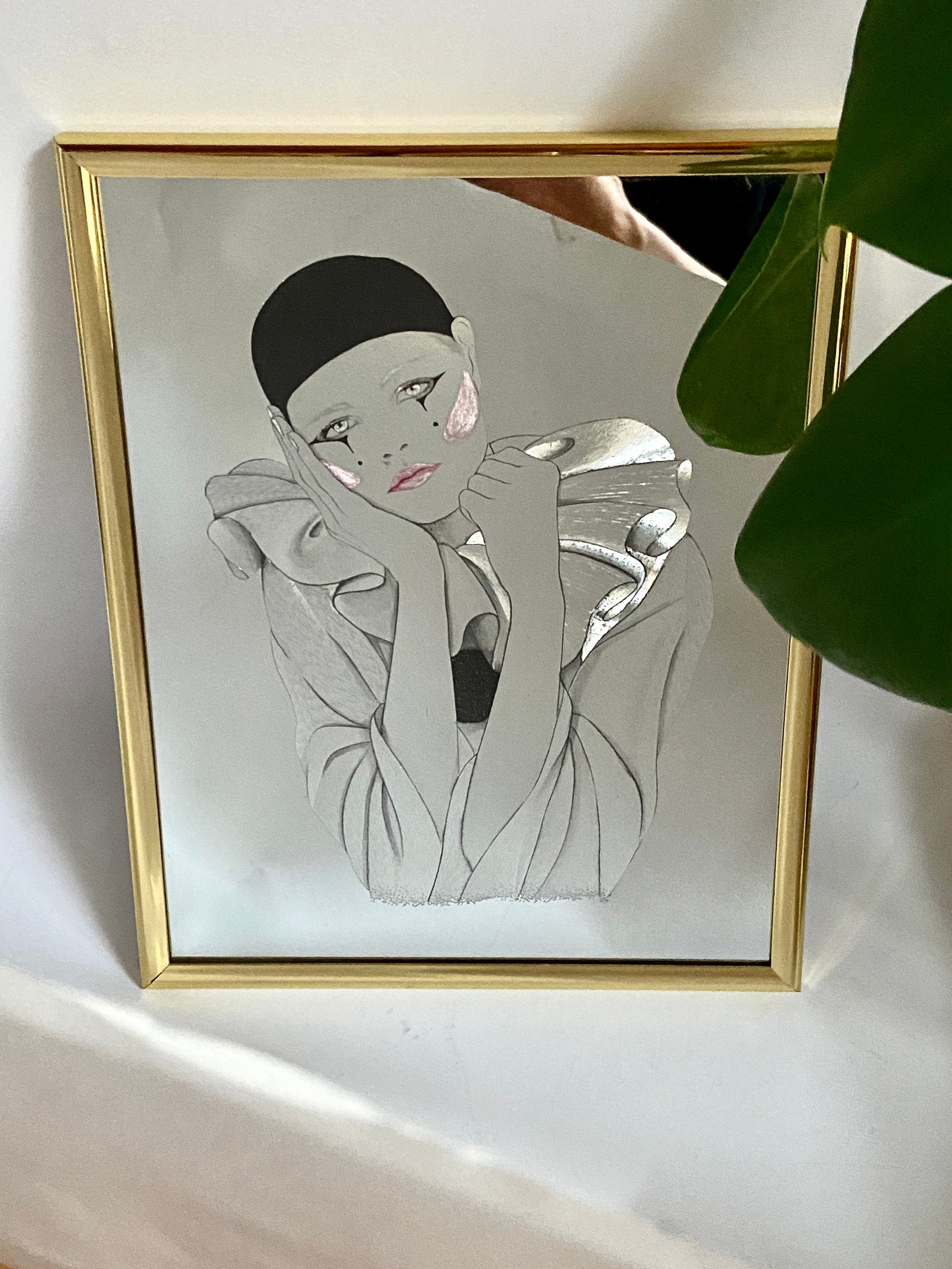
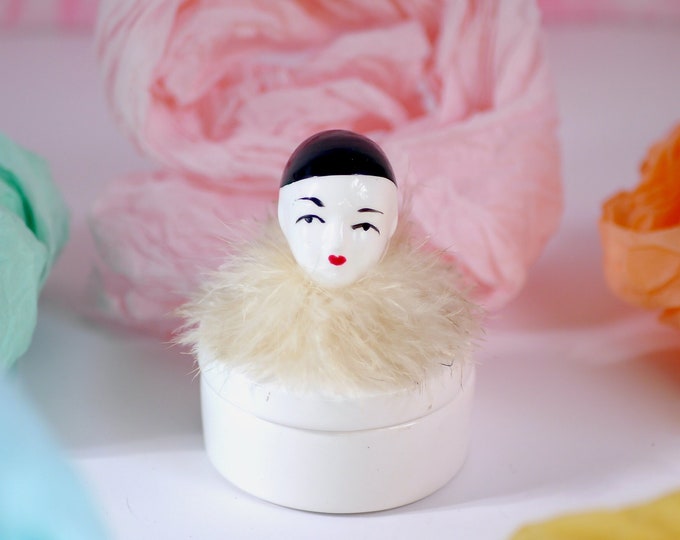
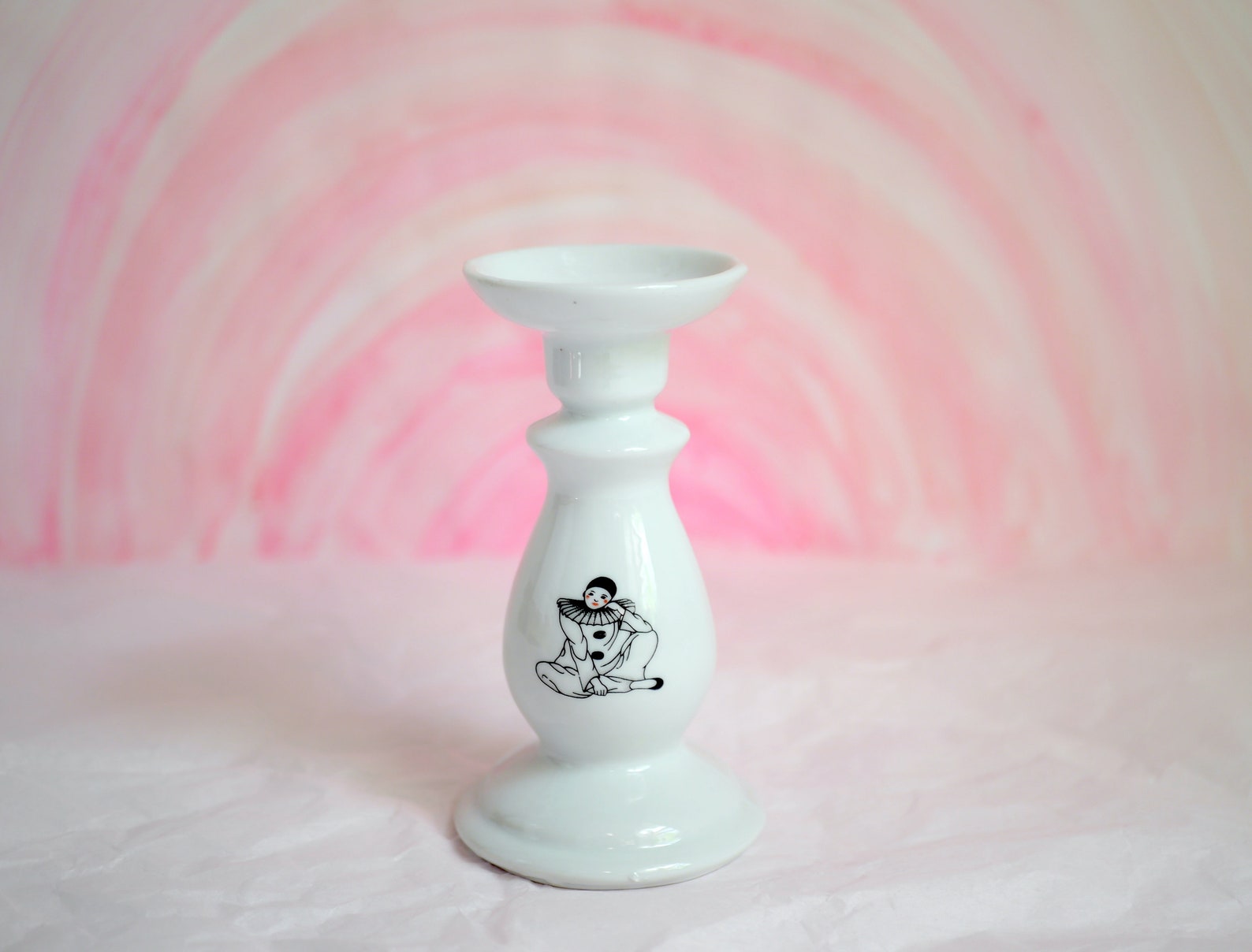
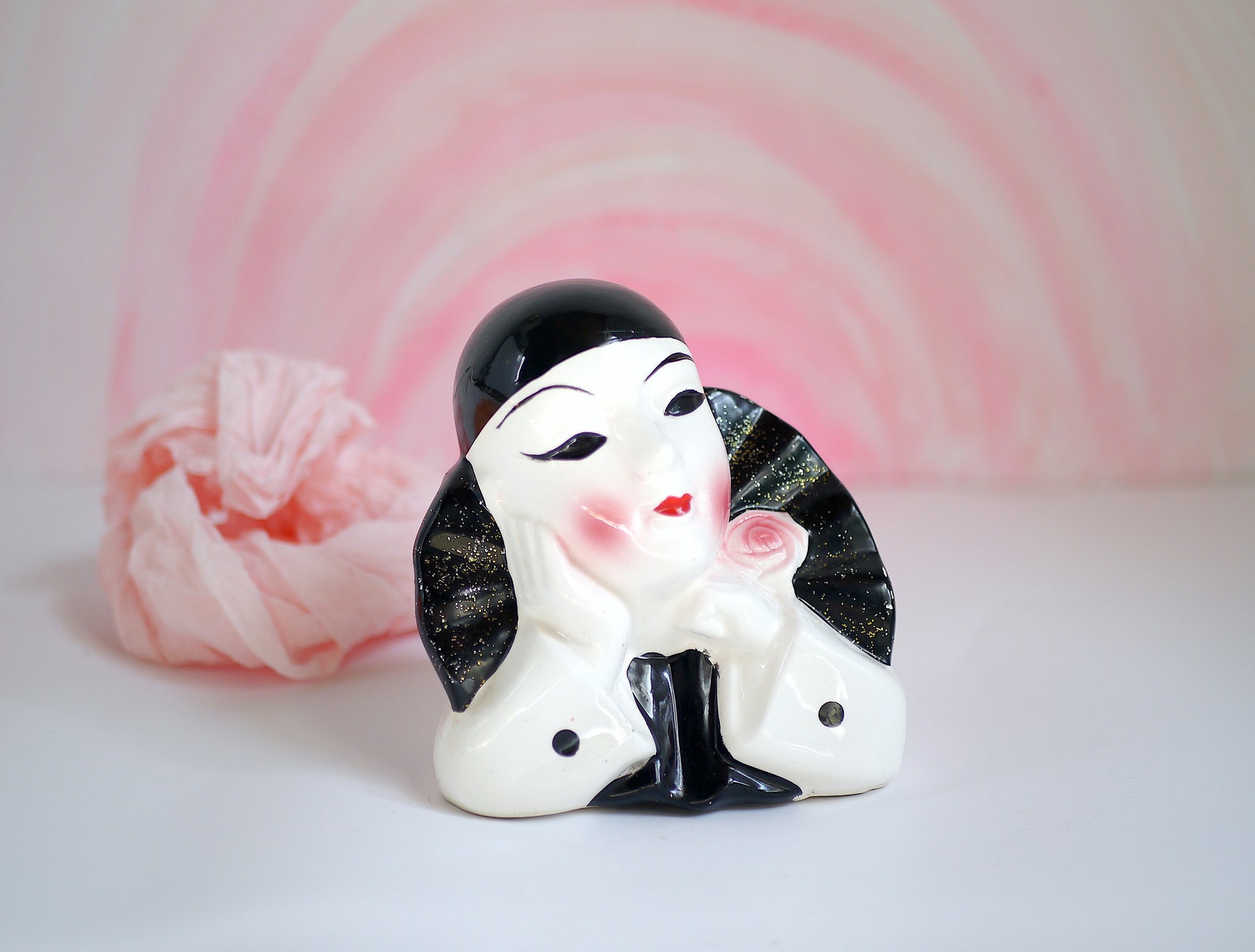
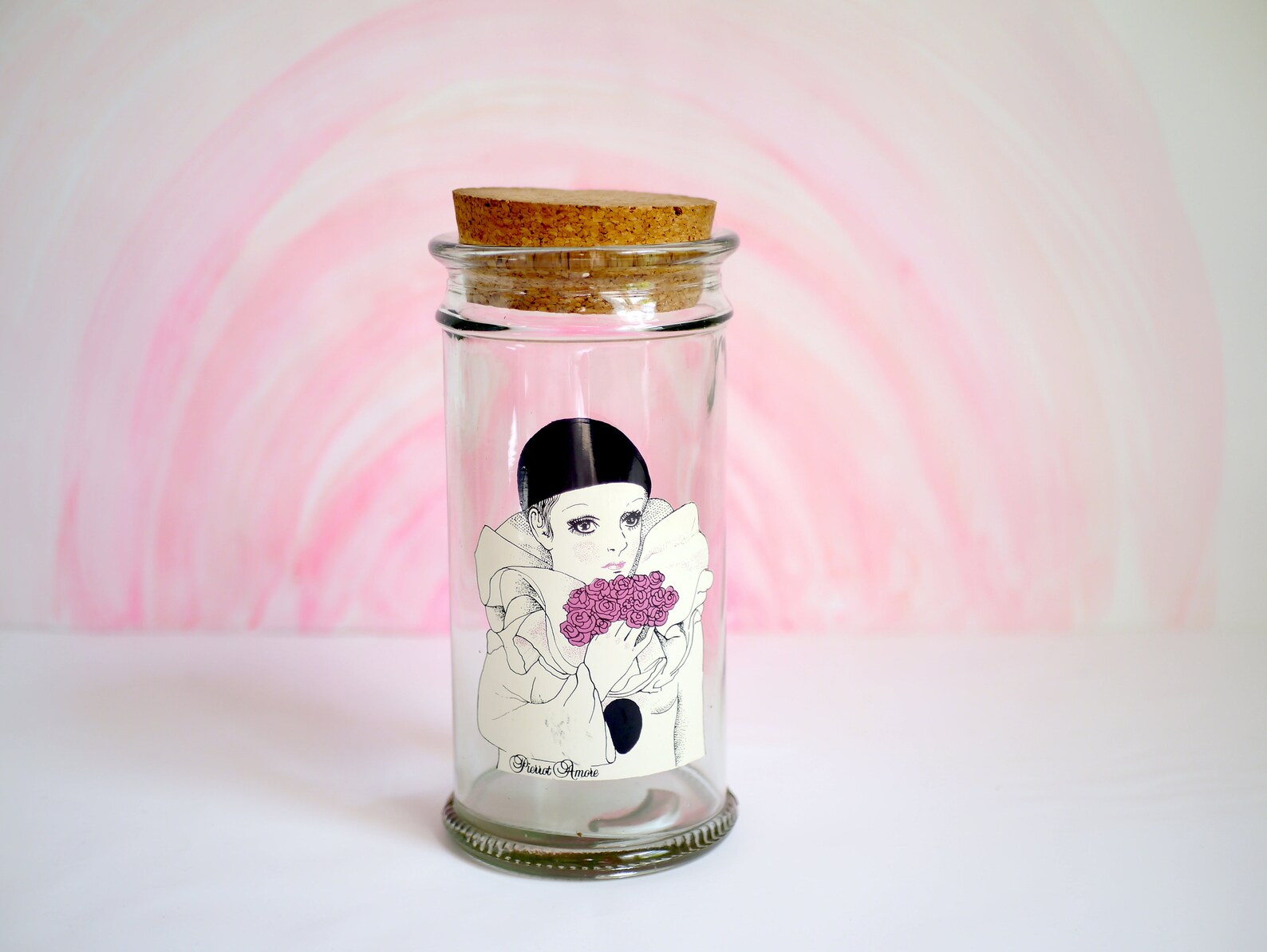
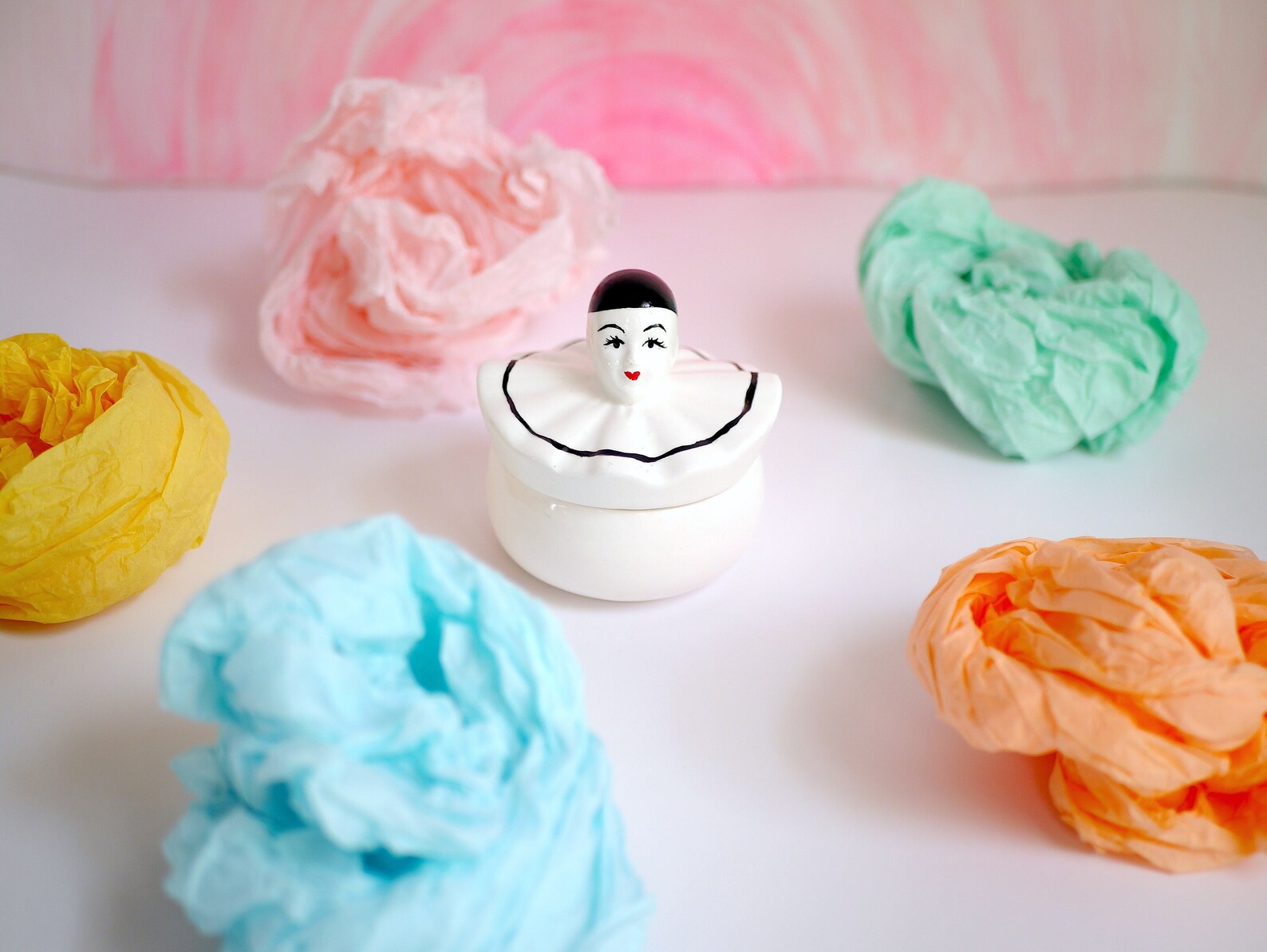
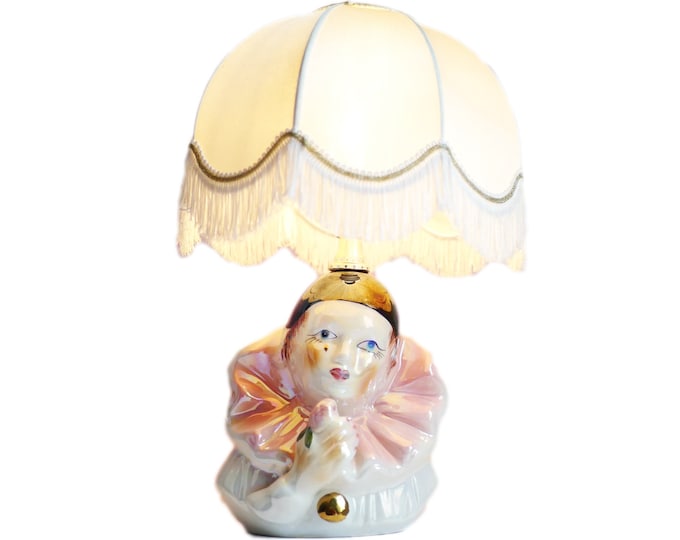

Kommentare
Kommentar veröffentlichen